Hebei
What are they?
Blank pages will be updated soon
Top picks

- West Mausoleum of the Qing Dynasty
Located at the foot of Yongning Mountain, 15 km west of Yixian County in Hebei Province, the West Mausoleum of the Qing Dynasty counts 14 mausoleums, including those of the emperors Yongzheng, Jiaqing, Daoguang and Guangxu.
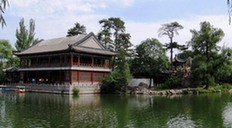
- Chengde Mountain Resort
Located in the north of Chengde, Hebei Province and 180 kilometers away from Beijing, Chengde Mountain Resort is a grand architectural complex incorporating imperial palaces, beautiful gardens and marvelous natural scenery.
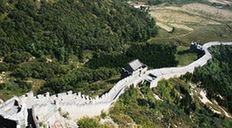
- Shanhai Pass
Shanhai Pass is a sleepy port town situated on the northern coast of the Bohai Gulf, in the shadows of the Shanhai Pass section of the Great Wall of China.
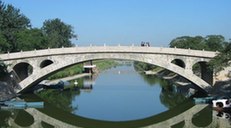
- Anji Bridge (Zhaozhou Bridge)
Zhaozhou Bridge, also known as Anji Bridge, is the oldest and best-preserved open-spandrel stone segmental arch bridge in the world.
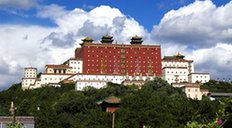
- Putuo Zongcheng Temple
Built between 1767 and 1771 during the reign of Emperor Qianlong (1735-1796) of the Qing Dynasty, the resplendent and magnificent Putuo Zongcheng Temple is located to the north of the Chengde Mountain Resort in Hebei Province.

- Xumifushou Temple
The Xumifushou Temple lies amid the mountain north of the Chengde Mountain Resort, and east of the Putuo Zongcheng Temple in Chengde, Hebei Province.
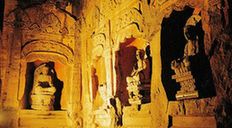
- Xiangtang Mountain Grottoes
Located in Handan, Hebei Province, the Xiangtang Mountain Grottoes is the largest group of grottoes in the province.
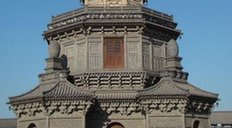
- Ornamental Pagoda at Guanghui Temple
Ornamental Pagoda is located in the county town of Zhengding. The pagoda, also known as "Duobao Pagoda", was built during the Kin regime.
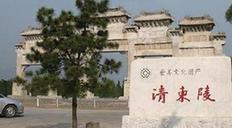
- East Mausoleum of Qing Dynasty
The Eastern Mausoleum of the Qing Dynasty is located at the foot of Changrui Mountain in Zunhua City, Hebei Province.
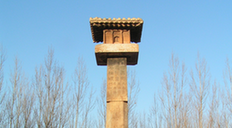
- Yicihui Stone Column
Located in Shizhu Village, Dingxing County, Hebei Province, Yicihui Stone Column, also known as Northern Qi Dynasty Stone Column, was built in the second year of Daning (562) of Northern Qi Dynasty to memorialize the uprising of Du Luozhou and Ge Rong.
